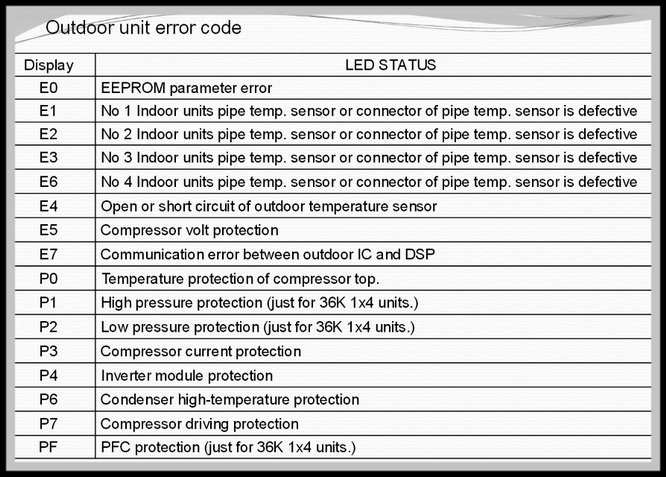
Midea air conditioners, like many modern appliances, are smart enough to self-diagnose when things aren’t quite right. The “Le” error code is one of these diagnostic signals. It essentially tells you there’s a *leakage* issue—usually related to refrigerant, which is that magical substance responsible for making air cold. Think of refrigerant as the lifeblood of your air conditioner. If there’s a leak, your AC can’t function properly, much like a bike with a flat tire can’t give you a smooth ride.
Understanding Error Code Le: The Basics
First off, let’s dive into what exactly your air conditioner is trying to say with this code. At its core, the “Le” error code is about refrigerant leakage. But what does refrigerant do, and why is it so crucial? Well, refrigerant is like the secret sauce that cools your air. It absorbs heat from the indoor air and releases it outside. This process keeps your home refreshingly cool during those sizzling summer days.
When there’s a leak, it means the system’s losing refrigerant faster than intended. Imagine trying to fill a swimming pool with a hole in your bucket—no matter how hard you try, the water level won’t reach where it needs to be. This is why it’s vital to address the “Le” error promptly. Not only does it affect cooling efficiency, but it also increases the risk of your AC’s components straining to compensate for the lost refrigerant, potentially leading to costly damage.
You might wonder how these leaks happen. Over time, wear and tear can create tiny fissures in the coils or connections that hold the refrigerant. Environmental factors, such as corrosion or physical stress, can also contribute. Haphazard installation or maintenance—or lack thereof—might exacerbate the issue. So, how do we tackle this pesky problem? Keep reading!
Steps to Diagnose and Fix the Le Error
Here’s the deal: diagnosing the “Le” error code isn’t something you should tackle on your own, especially if you’re new to air conditioner troubleshooting. However, understanding the process can help you know what to expect when a professional comes to check it out.
Professionals start by inspecting the air conditioner’s coils and pipes. Think of it as a doctor checking for symptoms to pinpoint the illness. They’ll look for signs of oil stains, which indicate where a leak might be. Next, they might use a special tool called a refrigerant leak detector. It’s a bit like using a magnifying glass to find a needle in a haystack—precise and effective.
Once the leak is found, they’ll typically repair or replace the faulty parts. This could involve welding the coils or tightening loose connections. After that, they’ll recharge the refrigerant to its proper levels. It’s a bit like patching and inflating a flat tire, so your ride is smooth again.
As a beginner, the most helpful step you can take is to notice signs early. If your AC isn’t cooling like it used to, or you see the dreaded “Le” code, call a professional. It’s tempting to Google a quick fix, but when it comes to refrigerant issues, DIY solutions can lead to more harm than good.
Preventive Maintenance Tips
So, how do you keep your Midea air conditioner from showing the “Le” error in the first place? Regular maintenance is key—much like how we go for regular health check-ups to catch any potential issues early on.
Start by scheduling professional check-ups at least once a year. This helps prevent leaks by ensuring everything’s in tip-top shape. During these visits, technicians will clean the unit, check for wear and tear, and ensure that the refrigerant levels are optimal. It’s like giving your AC a spa day to keep it rejuvenated and efficient.
Another tip is to keep the area around your air conditioner clear of debris. Think of it as keeping your AC’s lungs clear to breathe freely. Leaves, dirt, and other obstructions can put unnecessary strain on the system, leading to wear that might cause leaks over time.
Lastly, always hire qualified technicians for installations or repairs. It’s tempting to save a buck with cheaper service, but an improperly installed unit is more susceptible to errors and issues. Remember, a well-installed and maintained AC is less likely to flash the dreaded “Le” error, allowing you to enjoy cool, comfort-filled days worry-free.